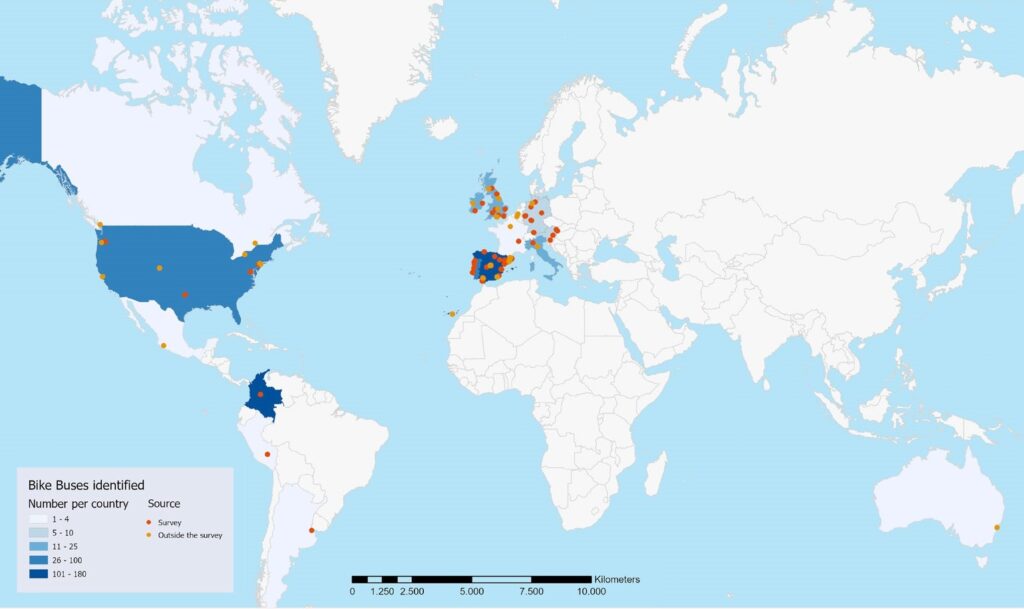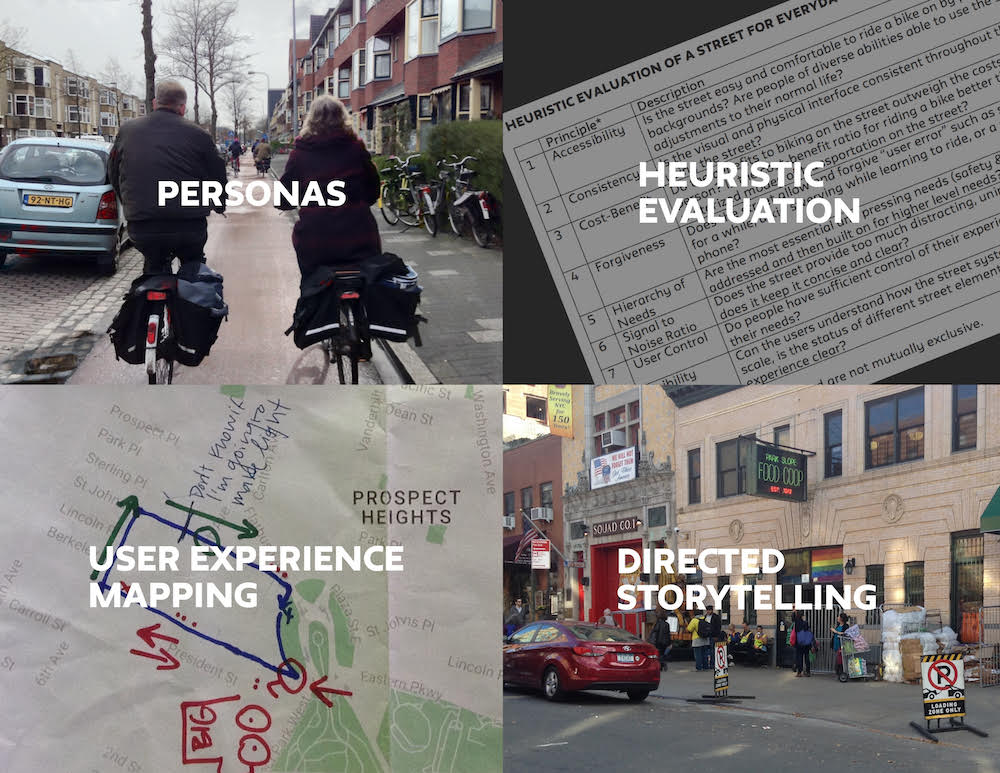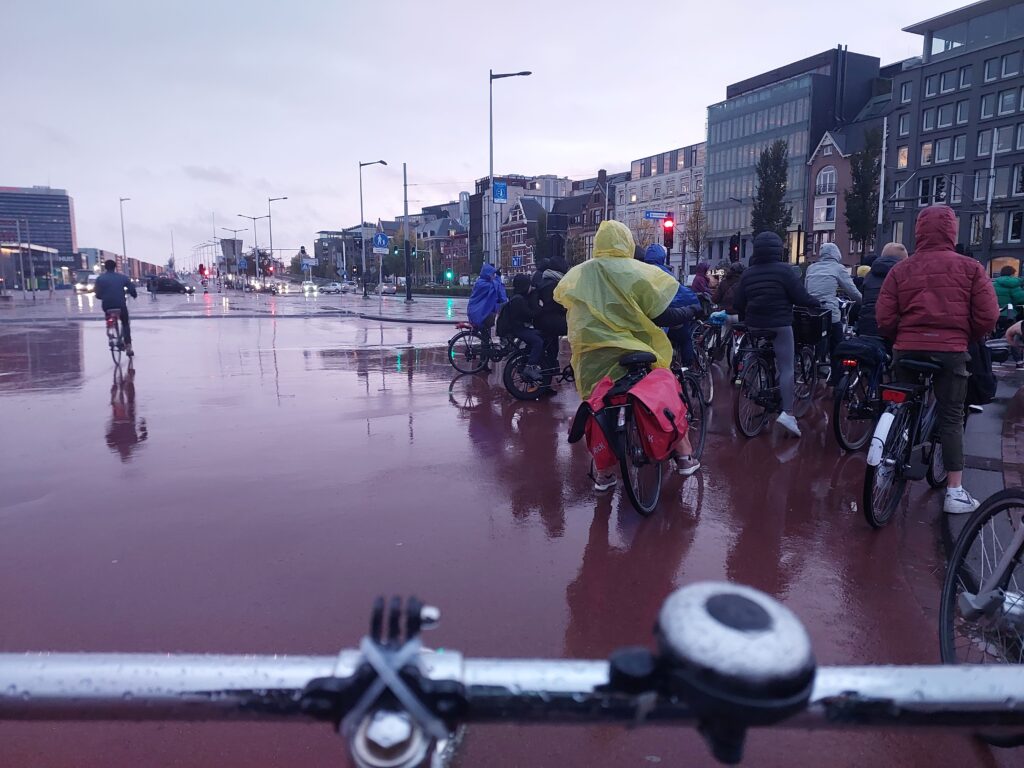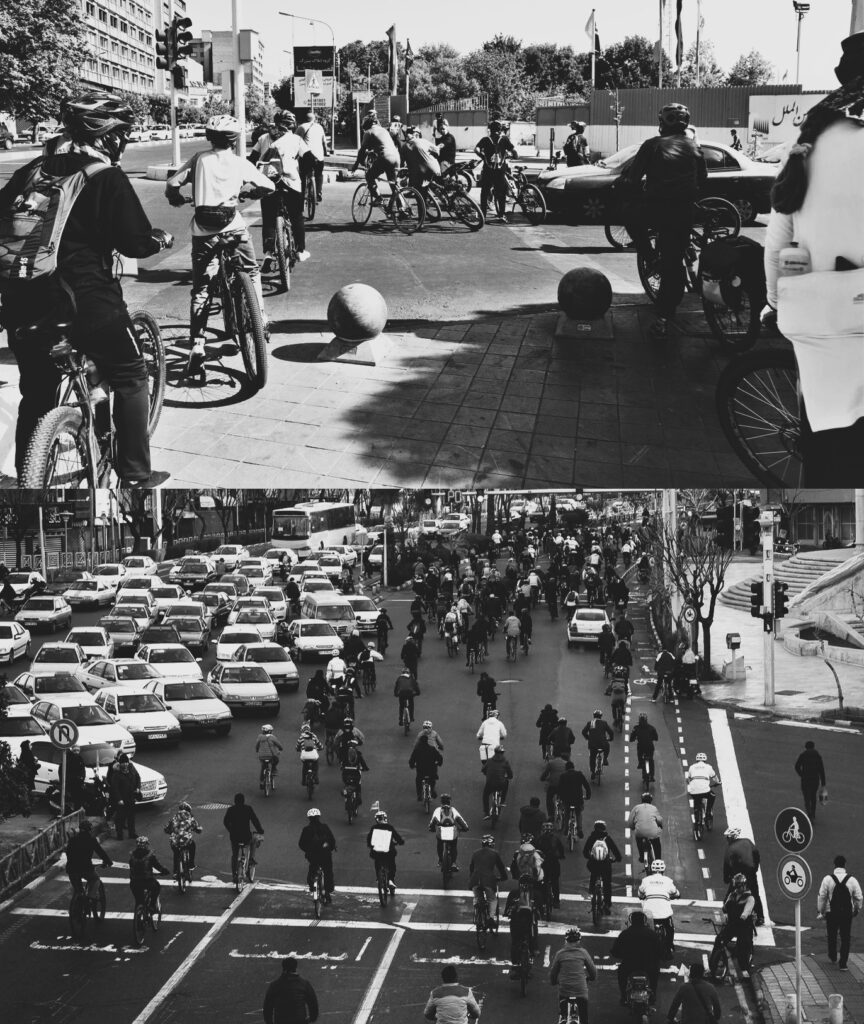
Bike Bus initiatives have become increasingly popular worldwide. “A Bike Bus is a group of children who ride their bikes to school following a route with stops and timetables”. Certain characteristics such as critical, practical, performative, fun, and the fact that children are the driving forces have made this movement a trend. It has caught the attention of the whole world and led to the first international Bike Bus summit in Barcelona in 2023 and the next one in Frankfurt in 2024.
Recently, City Lab Barcelona conducted a global survey on Bike Bus initiatives to explore the what, why, where, who and how of existing Bike Buses worldwide. The report summarizes the key findings of a global assessment of the Bike Bus community. According to it, the Bike Bus movement has gained global momentum with over 470 Bike Buses worldwide, transporting approximately 32,000 children per week to school over the past three years.
I interviewed Gemma Simón i Mas, one of our Planning The Cycling City alumni and a member of the survey team, to find out more about the research process. Gemma is a PhD student at the Institute for Environmental Science and Technology at the Autonomous University of Barcelona (ICTA-UAB), and a founding member of City Lab Barcelona. Her research is on urban cycling among children and youth and in particular their perceptions and experiences. As an urban cycling activist, she has led workshops and training events on cycling issues, and taken a leadership role as the General Coordinator for ConBici, a national cycling group in Spain.

Please tell us a little more about City Lab Barcelona. What is the mission and scope of this lab?
City Lab Barcelona is a research group at the Institute for Environmental Science and Technology at the Universitat Autònoma de Barcelona (ICTA-UAB) that studies city dynamics using formal experiments and direct observation. We engage in applied research, direct action and partnership to learn about how cities work. Our mission is to generate applied knowledge that can accelerate the transition to sustainable urban planning and design.
How did you get involved in research on children cycling? And how did Bike Bus become a research topic for you and your group?
Before starting the PhD I was a cycling trainer in Biciclot, a Cycling Coop in Barcelona. For this reason, I was already interested in cycling training and the importance of getting children involved in cycling from an early stage. The Bike Bus happened in front of us. The city of Vic, in the Barcelona region, started organizing one line, and soon it was a success that spread in the area. Then it arrived in Barcelona city, and we participated as volunteers. It was so encouraging and exciting, that right after we decided to include it in our research.

Why have Bike Buses become fashionable in this country in recent years, even though their historical roots are not in Spain?
Our experience in the regions with Bike Buses was that they became popular thanks to the media coverage and a wider consensus towards sustainable mobility. Maybe this is the reason why in Spain the first Bike Buses arrived in 2007 but they did not become trendy until 2019. Nowadays, there is bike infrastructure in most of our cities, and a growing part of the population considers it a clean and friendly mode of transportation.
Explain a little about the methodology of your survey. What are the challenges and limitations of conducting such surveys globally? Have your views and assumptions changed after the global survey?
We used several methods. A literature review, an online survey, and interviews. The main challenge was to map the Bike Buses. We are aware that we are still missing many, especially after closing the survey we found several more. But we had to analyze at some point! We also know that we are missing Bike Buses by looking at the map. We are missing continents. And this is something we have in our research agenda. What are the reasons for the Bike Buses mainly appearing in Europe and the US? What are the structural differences?

(source: A Global Survey of Bike Bus Initiatives)
Should the Bike Bus be seen as an end goal toward a sustainable solution for children’s transportation or as a growing critical global child-friendly movement? And what more does it have to offer than other campaigns and initiatives such as Kidical Mass or Streets for Kids?
Each Bike Bus is different. They depend on who organizes them, the context they develop on, and the participants’ interests. The good thing about Bike Bus is that it can be many things, a convenient way to get to school, a cycle training, a fun experience, or a critical and performative event; and it can be all of them at the same time.
With the Bike Bus, the more I researched on it, the more benefits I found. Bike Buses are very frequent, usually weekly, and they have the purpose of getting to school. Therefore, they are creating a habit in those families that did not use to cycle. This is the greater difference with the Kiddical Mass and Streets for Kids. Bike Bus temporally embodies the child-friendly city for an everyday task.
Besides, Bike Bus targets younger children, who are more likely to enjoy cycling than teenagers. The Bike Buses slow down the traffic, communicating to the participants that the streets are not safe for children. And finally, participating in a Bike Bus is so exciting that wins over children, caregivers, and pedestrians.
Simón-i-Mas, G., Martín, S., Honey-Rosés, J. (2024). A Global Survey of Bike Bus Initiatives. Institut de Ciència i Tecnologia Ambientals de la Universitat Autònoma de Barcelona (ICTA-UAB). City Lab Barcelona.



